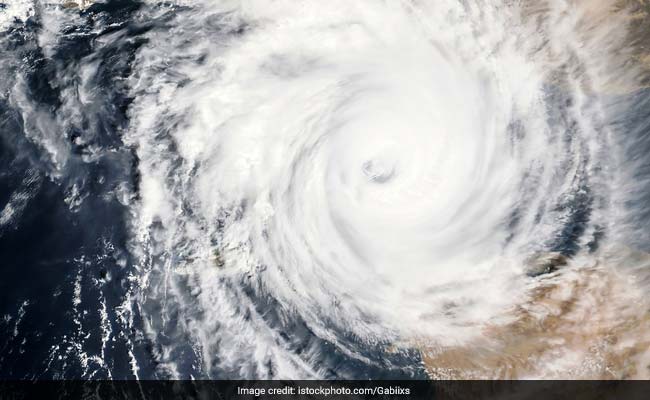India Meteorological Department Issues Warning on Potential Cyclone Dana Over Bay of Bengal.
In the report of the Indian Meteorological Department, this low-pressure area is likely to form a cyclonic storm in the next 36 hours by October 23. Heavy rain, high wind speed, and coastal erosions along the East India coast could just become one of the consequences of the storm.
Weather System Rolling into Shape
The low-pressure area that formed recently over the southeastern Bay of Bengal has been closely tracked by analysts. Favorable atmospheric conditions – such as warm sea surface temperatures and lessened wind shear – are quite likely to enhance the development of the system into a tropical cyclone. IMD believes that Cyclone Dana may move northwestward and affect districts like Andhra Pradesh, Odisha, West Bengal, and Tamil Nadu. “The system is likely to develop into a cyclonic storm in the next 72 hours,” said the IMD in its advisory. “We urge authorities and citizens to remain prepared for potential heavy rainfall and wind-related disruptions.”
Effect on Coastal Areas
IMD has predicted moderate to heavy showers along the coasts of Andhra Pradesh, Odisha, and Tamil Nadu from October 23 onwards. Fishermen are being advised against going into the sea during these days as the wind is going to be pretty strong with high tide. The Inland population is being asked to keep monitoring the forecast and start moving when necessary.
Winds are to lash the region with gusts of 60 to 80 km/h, threatening parts of the region with localized flooding, power outages, and even dismantled infrastructure. Ports, airports, as well as transport authorities, are also preparing for possible disruptions.
Alert Authorities
There has been high alertness by state disaster management teams coordinating with the National Disaster Response Force (NDRF) preparing themselves for emergency situations in case the cyclone hits the land.
District administrations along the coastal areas have been asked to earmark evacuation centres and stock relief materials. This would pave the way for quick action if the cyclone were to reach the coastal land. The local bodies have also started checking the drainage systems and coastal embankments to avert flooding, especially in the low lying areas.
Looking Back: Bay of Bengal’s Cyclone History
The heavy cyclones that break out of the Bay of Bengal during the post-monsoon season are a sad feature. Not all of the coastal districts of eastern India are able to insulate themselves from this form of weather disaster, as it has destroyed much of the infrastructure and livelihoods at some time in the past. However, warning systems and disaster preparedness have drastically increased in the last few decades, saving thousands of lives as well as billions of dollars of economic loss.
Precautions and Safety Measures
Citizens living in vulnerable regions are advised to:
Follow weather forecast and official advisories
Store emergency supplies including drinking water, food, flashlights, and batteries
Secure or bring in outdoor objects which strong winds can carry away
Do not travel during the storm and remain indoors
Leave the place when directed by local authorities
IMD Issues Regular Alerts
The IMD said that it will keep updating regularly as the situation unfolds, and more refined predictions can be made in the immediate run-up to October 23. The authorities are pleading with people not to indulge in spreading rumors on social media but to keep watch and stay vigilant.
Conclusion
India’s coastal regions are better prepared with Cyclone Dana as brewing time nears over the Bay of Bengal. The IMD issued timely warnings while preparations are on so that the authorities can minimize risks by saving the inhabitants. Vital 48 hours ahead because meteorologists will track the development process of the system .
Continue reading for more details and stay ready and in the know to remain safe during the imminent storm.
Image Source











